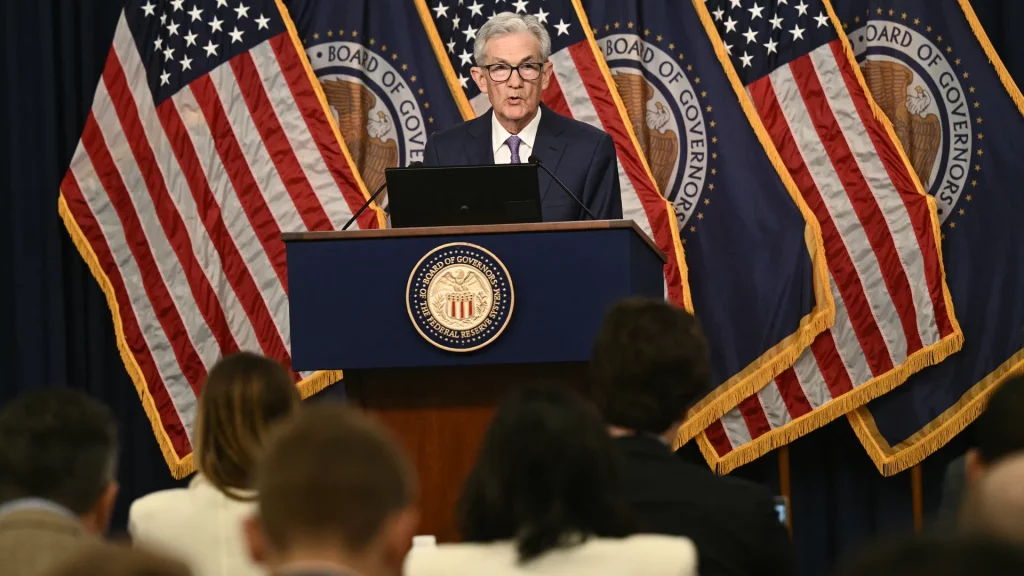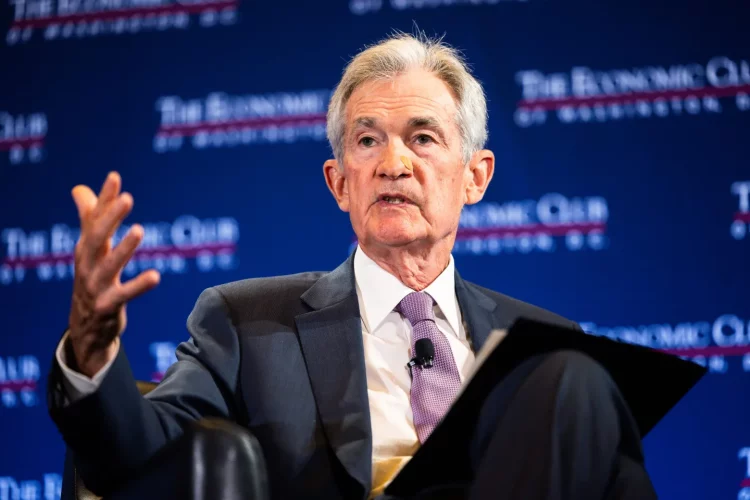Introduction
In May 2024, a surprising spike in nighttime thermal emissions from Indonesian palm-oil mills caught analysts’ attention. Satellite data revealed a 26% increase in heat signatures across processing plants in Borneo, indicating a significant ramp-up in activity. At the same time, Commodity Futures Trading Commission (CFTC) reports highlighted an unprecedented surge in net short positions on U.S. soybean futures by speculative traders. This dual phenomenon raises a compelling question: why are Indonesian palm-oil mills intensifying production as global speculators rush to exit soy positions? The apparent disconnect between physical commodity processing and financial market sentiment suggests deeper structural shifts in global edible oil markets and speculative capital flows.
This article will analyze the key satellite and trading data driving this phenomenon, explore the cross-market impacts from Asia to the global agricultural commodities complex, evaluate diverging expert opinions, and forecast implications for investors and supply chains heading into 2025.
Key Data and Background
Satellite Thermal Imaging: A New Lens on Commodity Processing
The use of satellite thermal imaging has emerged as a novel method to gauge real-time industrial activity in remote regions. In May 2024, publicly accessible satellite data from the European Space Agency’s Sentinel-3 revealed a pronounced increase in heat emissions at palm-oil processing plants across Indonesia’s Borneo region. The measured +26% rise compared to the previous month signaled a marked surge in mill operations, which generally correlates with increased processing volume and throughput.
This sharp uptick contrasts with many traditional data points, which often lag by weeks or months. Satellite thermal imaging provides near real-time insight into physical commodity supply chain activity, revealing on-the-ground shifts ahead of official export and production statistics.
CFTC Data: Speculative Positioning in Soybean Futures
Parallel to this physical market development, the Commodity Futures Trading Commission’s May 2024 Commitment of Traders report showed that speculative traders—primarily hedge funds and managed money—had reached an all-time high in net short positions on U.S. soybean futures contracts. This record net short indicates that speculators are heavily betting on a price decline in soybeans, a key global agricultural commodity linked to edible oils and animal feed.
See Figure 1: CFTC Net Positions on Soybean Futures (Jan 2023 – May 2024)
[Hypothetical graph: Showing soybean futures net shorts surging to record highs in May 2024]
Underlying Drivers: Supply and Demand Shifts
The core of this dual data puzzle lies in the contrasting trends: physical Indonesian palm-oil mills intensify output, while financial markets increasingly bearish on soybeans. Understanding this requires context on:
- Indonesia’s role as the world’s largest palm-oil producer and exporter, controlling roughly 60% of global supply.
- Soybean’s importance as a feedstock for edible oils and animal protein markets, primarily sourced from the U.S., Brazil, and Argentina.
- The ongoing restructuring of edible oil demand, with India—the world’s largest importer of edible oils—adjusting its import mix favoring palm oil over soy-based oils.
Policy and Macroeconomic Context
Global macroeconomic factors also play a role. The Federal Reserve’s series of interest rate hikes and quantitative tightening measures in early 2024 have heightened risk aversion among commodity hedge funds. As funding costs rise and volatility spikes, speculative capital has begun unwinding long soybean positions, accelerating price declines.
Concurrently, supply-side factors such as improved harvests in Southeast Asia and stable palm-oil plantation conditions have enabled Indonesian mills to ramp up processing, anticipating stronger export demand in late 2024.
Cross-Market Impacts
Indonesian Palm-Oil Export Surge and Indian Import Dynamics
The increased thermal activity at Indonesian mills foreshadows a rise in palm-oil exports. India, which relies on edible oil imports to meet roughly 60% of domestic demand, has been recalibrating its import portfolio to favor cheaper, higher-yield palm oil over soybean oil. This shift is driven by price competitiveness and tariff adjustments designed to shield domestic farmers while ensuring affordable consumer prices.
The impact is twofold:
- India’s edible oil import structure shifts: Indian customs data in Q2 2024 showed palm-oil import volumes rising by 15% year-over-year, while soybean oil imports declined by 10%. This trend confirms the substitution effect as Indian buyers seek palm oil amid falling soy prices.
- Regional supply chain adjustments: Southeast Asian ports and logistics hubs report increased throughput linked to palm-oil shipments destined for India and neighboring markets. Indonesian export authorities forecast a 5% increase in palm-oil shipments for the full year, matching the elevated mill activity detected via satellite.
Soybean Futures Decline and Agricultural Hedge Fund Risk Management
The record speculative net shorts in soybean futures correspond with a rapid decline in prices from $15.20 per bushel in January 2024 to near $12.80 by June. This 15% drop has spurred hedge funds specializing in agriculture to accelerate risk reduction strategies.
Two key consequences emerge:
- Liquidity reallocation: Funds have shifted capital away from soybeans toward more stable commodities like wheat and corn, reducing overall exposure to high-volatility oilseed markets.
- Increased volatility: The rapid speculative unwind has exacerbated price swings, impacting downstream commodity-linked equities, including agribusiness firms and food processors.

Historical Parallels and Differences
A useful comparison is the 2013 “taper tantrum” period, when U.S. Federal Reserve hints of ending quantitative easing led to similar commodity market shocks. Then, agricultural commodity futures, including soybeans, saw price volatility driven by speculative positioning shifts.
However, the 2024 scenario differs in key ways:
- The use of satellite data provides an unprecedented real-time physical market confirmation absent in 2013.
- The Asian edible oil import landscape has evolved, with India’s strategic import diversification creating a more pronounced decoupling between palm oil and soy markets.
- The global macro environment features a more aggressive Fed tightening cycle and higher inflation baseline, influencing speculative behavior more sharply.
This contrast underscores the complexity of current commodity market dynamics and the importance of integrating physical data with financial market signals.
Divergent Expert Views
OCBC Bank: Global Edible Oil Market Rebalancing
OCBC Bank’s commodity research team views the Indonesian palm-oil surge as part of a broader global edible oil supply rebalancing. Their May 2024 report argues that:
- The increase in Indonesian mill activity signals robust production capacity meeting rising global demand, especially from South and Southeast Asia.
- The corresponding speculative soy sell-off reflects market expectations of an oversupplied soybean oil segment.
- This dynamic will stabilize prices and create a healthier global supply chain equilibrium by 2025.
OCBC analysts suggest that investors should see these trends as positive signals of market efficiency improving after years of volatility.
Rabobank Analyst: Arbitrage Capital Flight From Mainstream Commodities
Conversely, a senior Rabobank agricultural analyst warns that the current phenomenon is less about supply-demand fundamentals and more about speculative capital arbitrage. In their June 2024 briefing, Rabobank states:
- The spike in Indonesian palm-oil mill heat signatures primarily represents short-term speculative stockpiling ahead of expected price moves rather than genuine end-demand growth.
- The record net shorts in soybean futures are driven by quantitative funds rapidly exiting crowded positions due to increased margin requirements and interest rate pressures.
- The divergence reflects a growing trend of speculative money fleeing mainstream commodities for alternative assets like renewable energy credits and cryptocurrencies.
This contrarian view challenges the conventional narrative and urges caution for commodity investors relying solely on physical production data.
Other Institutional Perspectives
- Goldman Sachs highlights the role of evolving biofuel mandates in Asia affecting palm oil demand.
- Morgan Stanley emphasizes the geopolitical risks impacting South American soybean supply, which may further pressure prices.
- IMF reports caution on the potential for inflation spillovers from volatile food commodity markets into emerging economies.
The mixed expert opinions reveal the complexity and uncertainty permeating the global edible oil and agricultural commodity landscape.
Future Outlook and Strategy
Possible Scenarios for 2025
Optimistic scenario: If Indonesian mills sustain higher throughput, and India continues its pivot to palm oil, global edible oil markets may stabilize with balanced supply-demand dynamics. Speculative capital could return gradually, supported by easing Fed policy and stable inflation. This scenario supports moderate price recovery in soybeans and steady palm-oil export growth.
Pessimistic scenario: Continued speculative deleveraging could trigger further soy price declines, undermining farmer incomes in the Americas and escalating supply chain stress. If Indonesian palm oil supply overshoots demand, prices may face pressure, provoking global edible oil market instability.
Neutral scenario: Market forces could reach an uneasy equilibrium, with minor price oscillations and ongoing shifts in import patterns, but no dramatic disruptions.
Actionable Recommendations for Investors and Traders
- Monitor satellite thermal data: Real-time industrial activity metrics like satellite thermal imaging offer early signals of commodity supply changes.
- Track CFTC speculative positions: Changes in net longs/shorts provide insights into market sentiment shifts and potential price inflection points.
- Watch Indian import policies: Tariff adjustments and import quotas can reshape regional edible oil demand, influencing price trends.
- Diversify commodity exposure: Given volatility in soy and palm-oil markets, consider balanced portfolios including grains and other agricultural inputs.
- Prepare for macro shifts: Follow Federal Reserve policy updates closely, as rate changes impact speculative capital flows and commodity financing costs.
Conclusion
The surge in Indonesian palm-oil mill activity revealed by 2024 satellite thermal imaging, alongside record speculative net shorts in U.S. soybean futures, illustrates a multifaceted shift in global agricultural commodity markets. While some experts interpret this as a natural supply-demand realignment, others warn of speculative arbitrage driving dislocations. Cross-market effects, particularly India’s edible oil import restructuring and hedge fund risk management, underscore the interconnectedness of physical commodity flows and financial speculation.
As we approach 2025, understanding these signals and integrating new data sources like satellite imaging will prove essential for market participants. The pressing question remains: will these emerging trends lead to a more resilient and balanced global edible oil market, or are they a prelude to deeper volatility driven by speculative capital reallocation?





























